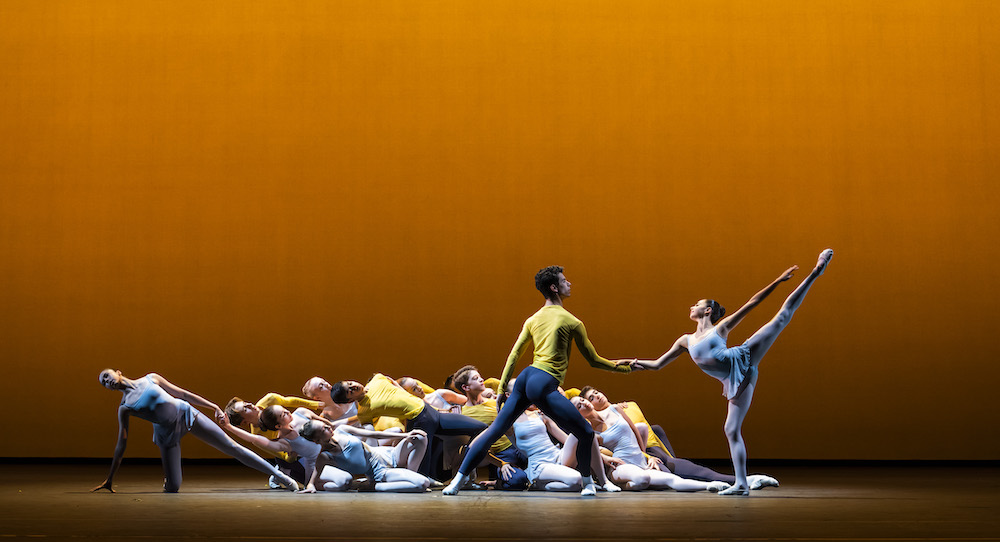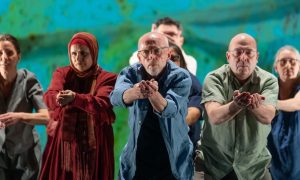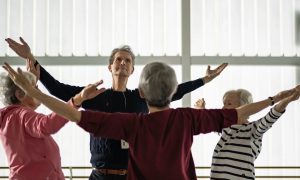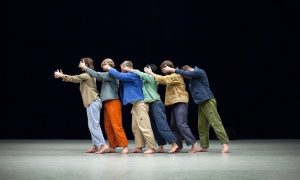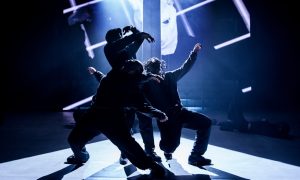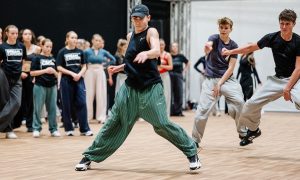Training at The Royal Ballet School has always been about more than technique; it’s about creating dancers who are creative, curious and versatile – prepared for the demands of today’s dance world while rooted in the traditions that shaped it. For José Carayol, Head of Artistic Programmes and Productions, this year’s Summer Performances are an excellent example of this philosophy in action.
Across eight performances at three major venues – the Linbury Theatre, Opera Holland Park and the Royal Opera House – over 200 students will showcase a rich repertoire that spans the classical and the cutting-edge and is designed to stretch students both physically and artistically. Dance Informa catches up with Carayol to discover more about the performances.
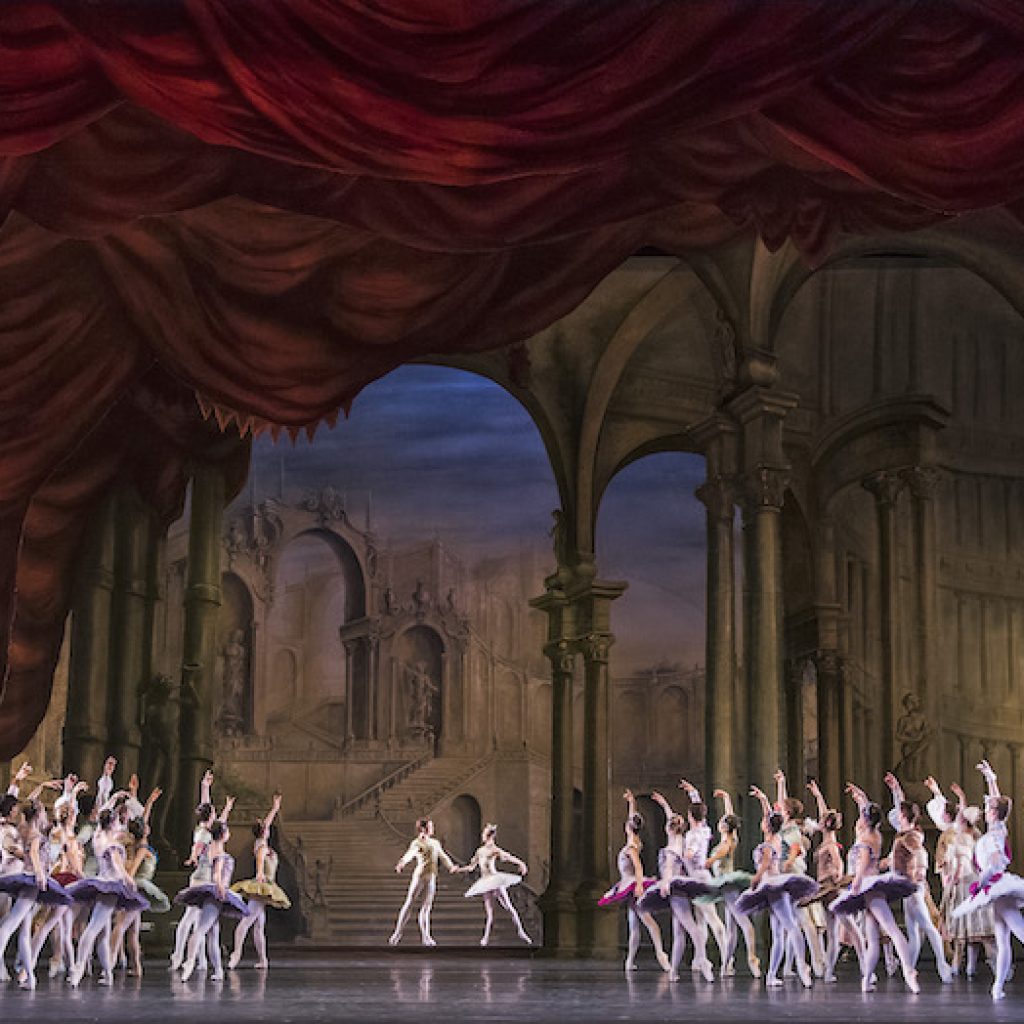
This year’s repertoire includes classics like Petipa’s ‘Aurora’s Wedding’ and exciting new works by choreographers like Ruth Brill and Jessica Lang. How does balancing such different work and contrasting styles help students grow as artists?
“At our core, we believe in preparing dancers not only for the technical demands of a professional career but also for the dynamic cultural landscape of today’s global arts scene. As the expectations of audiences evolve and artistic institutions innovate, versatility is more important than ever. While we are proudly a specialist classical ballet school, our students are introduced to contemporary dance from a young age. This early exposure encourages the body and imagination to explore new forms of expression, cultivating dancers who are as adaptable as they are artistically enriched.
Even so, the classical tradition remains our foundation. A solid foundation in classical technique is essential, not just as a tool for precision and strength, but as a channel to our incredible heritage of ballet. Balancing this heritage with contemporary innovation is a physical and artistic challenge, but one our students embrace with grace and determination.”
Some new works, including those by Arielle Smith and Ruth Brill, will have their world premieres in this season. How does this enhance students as artists and prepare them for the professional world?
“To take part in the creation of a new work is a powerful experience for any artist. It deepens your understanding of character and movement and allows you to leave a unique stamp on the role. Today’s choreographic process is very collaborative, positioning the dancer as a vital creative voice. The result is work that is not only innovative but beautifully connected to the performer who brings it to life.
Our students regularly benefit from the extraordinary opportunity to work with artists who originated roles in signature works by choreographers such as Frederick Ashton, Kenneth MacMillan and even Nijinska. Their insight, their lived experience of these iconic ballets, enriches our students in ways that go far beyond notation or instruction.
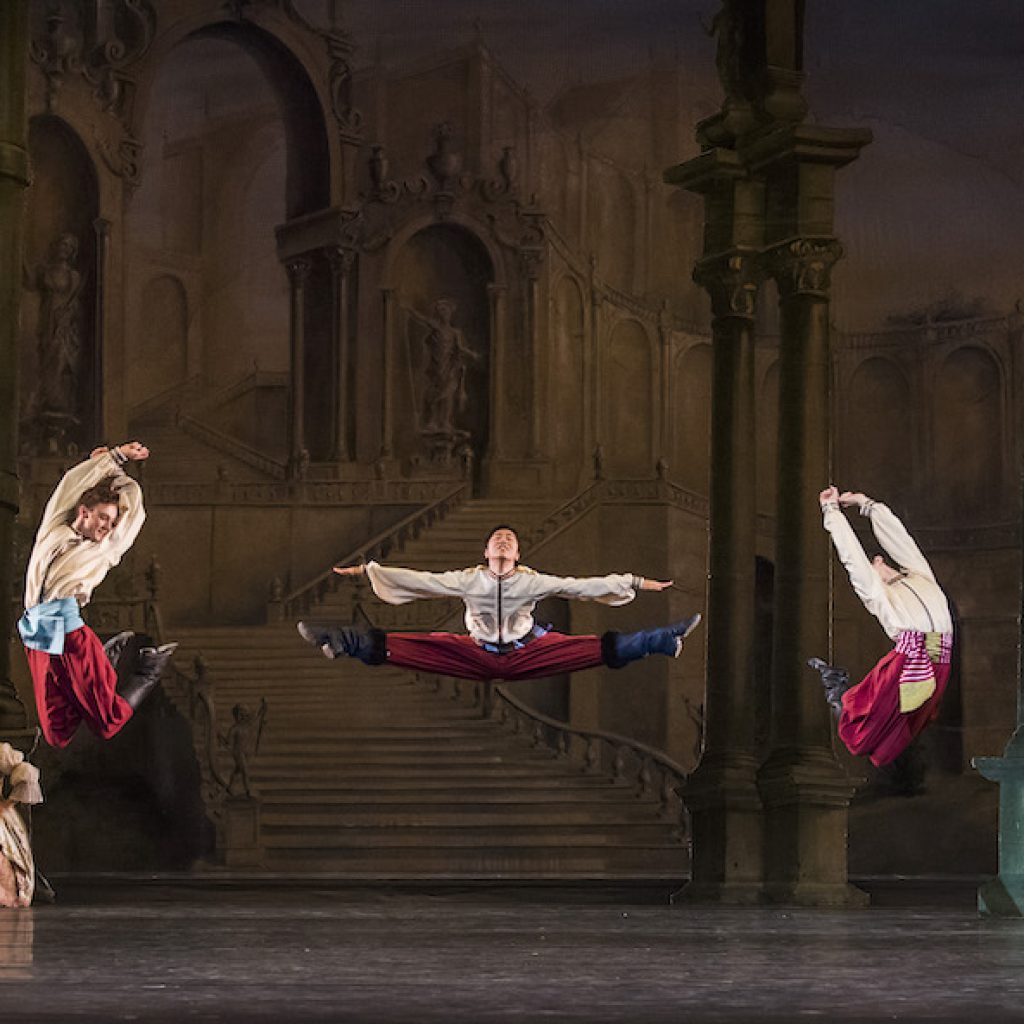
To create, to interpret, to carry a torch forward, this is the responsibility and joy of every artist. And it is a journey we are proud to share with the next generation of dance.”
Performances this year take place at several venues. How important is it for students to perform in a variety of settings?
“One of the most exciting elements of our upcoming performances is that no two programmes are quite the same. At the Linbury Theatre, audiences will see new choreographic voices, many of them from our students. This is where innovation meets education, and where our young artists begin to take ownership of their own artistic journeys.
At Opera Holland Park, we present two distinct programmes that reflect the unique strengths of both White Lodge and Upper School. These open-air performances not only showcase technical and expressive development but also invite audiences into the layered journey of becoming an artist, at every stage of training.
And finally, we return to the main stage of the Royal Opera House for a powerful finale that brings our entire School together. With a full orchestra, elaborate sets and costumes, this mirrors the scale and emotional depth of a professional production. Truly an opportunity that is rare in any training environment and one that we are proud to offer.”
With this season marking Artistic Director Iain Mackay’s first year, how do you feel his vision is reflected in this year’s programming?
“Our programmes have been thoughtfully shaped with our students truly at the very heart of the process. Each performance, whether a signature classical work or a brand new creation, exists to challenge, elevate, and celebrate their artistry. It’s also a chance for audiences to witness the exceptional range and individuality of our young dancers.
While we will continue to champion versatility, our foundation in classical ballet will be highlighted. We will honour our heritage not as a static legacy, but as a living force that informs and inspires everything we do, from the studio to the stage. Whether reviving timeless works or new collaborations, our focus will be to empower the next generation of artists with the tools, opportunities and vision to shape the future of dance.”
The Grand Défilé is such a powerful moment that brings together all 212 students. What does this iconic moment mean for the students?
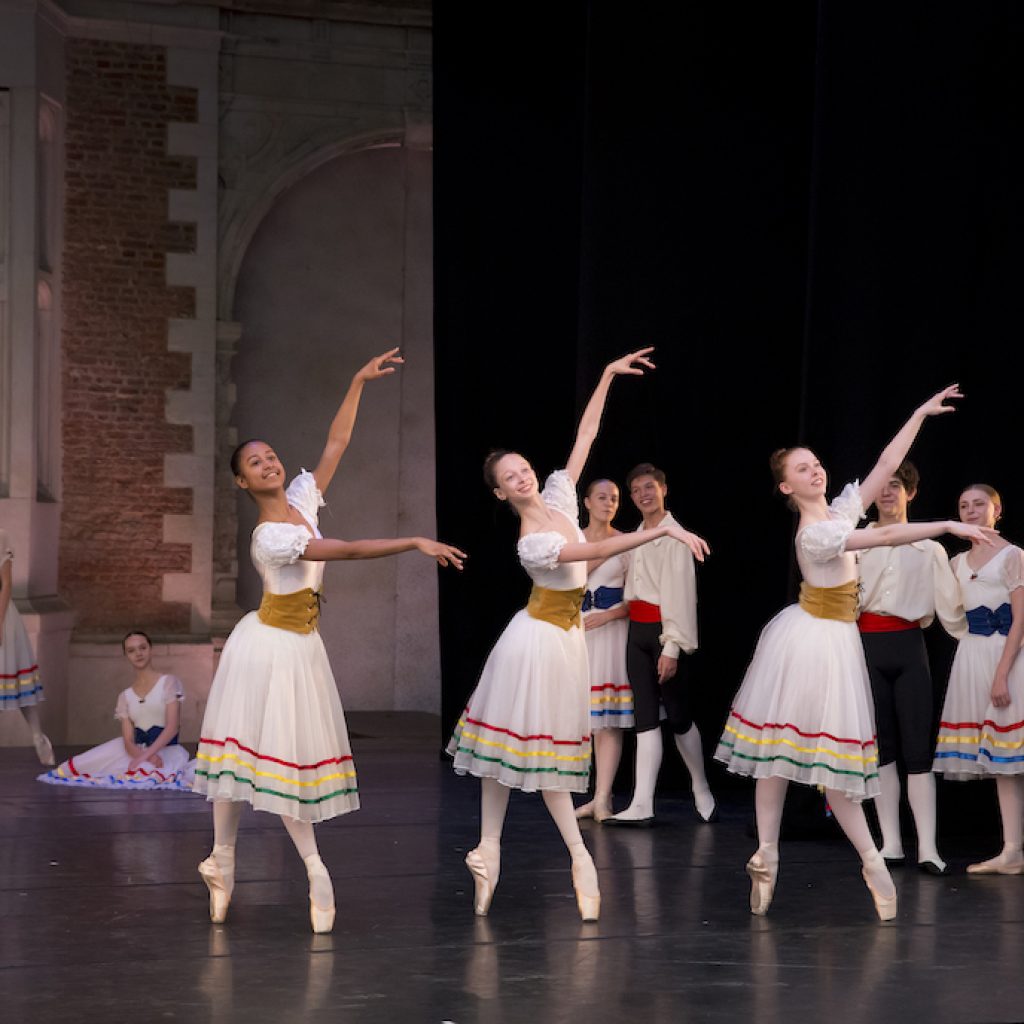
“What’s remarkable is how instinctively the students know it. It’s rarely something teachers need to teach; it’s passed down through observation and admiration. I often see the youngest dancers quietly practicing the Year 11 sections, long before it’s their turn. This is the essence of what we do: inspire, pass the torch, and instil a sense of belonging through movement. It speaks to the lasting impact of our community and to the legacy of our former Director, Gailene Stock, who knew exactly what this tradition would mean. It continues to connect generations of students in the most beautiful way.”
What do you most enjoy seeing in the students during the Summer Performances?
“The Summer Performances are the result of a journey that begins as early as September, sometimes even before. Watching it all come together on stage is artistically rewarding, but what’s even more powerful is witnessing the transformation in our students. The personal and professional growth they experience is extraordinary.
One of the greatest privileges of my role is following our students from their very first steps at the School through to their final years. To see them evolve, not only as dancers but as artists, is a true gift. It’s a reminder that our work is not just about perfecting technique, but about nurturing individuality, resilience and authentic expression.”
For more information about The Royal Ballet School’s Summer Performances, visit: www.royalballetschool.org.uk/summer-performances.
By Allie D’Almo of Dance Informa.


